
A Cultural Shift from Universal Design
This week’s lecture focussed on a conversation between our course leader, Susanna Edwards, and Mazier Raein, a professor from Oslo National Academy of the Arts. Their initial discussion is about the journey of Graphic Design and how it has changed throughout its existence focusing on the rapid evolution from the late 1980s to the present day.
From their musings, it appears that a key period for Graphic Design was around the mid 80s where designers stopped creating traditional, expected designs and began creating individual pieces of work which were influenced by everything around them, including fine art, philosophy, politics and popular culture.
I think after having grown up as a teenager in England in the 70s, the doldrum of the 70s, where it was quite depressing, suddenly the 80s felt like somebody had flicked on a switch. – Mazier Raein

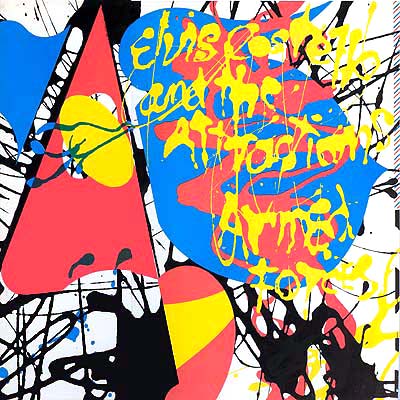
What I think Mazier was getting at when he said this was there was almost this tinderbox moment in the 1980s where designers were becoming less prescriptive and more free to follow their own individual interests.
As you can see from the above. Richard Hollis’s work follows a gird like system in which a tried and tested process of creation had been applied to create an aesthetically pleasing design. Barney Bubble’s piece on the right, in complete contrast, is almost a piece of artwork. The typography is not fixed and changes with each letter shape, the paint appears to be applied sporadically and the colours have been used for their contrast.
Of course this didn’t all happen accidentally. This rebellious movement towards change was happening all across society, from politics to pop culture. People wanted to stand out and to celebrate their individualism.
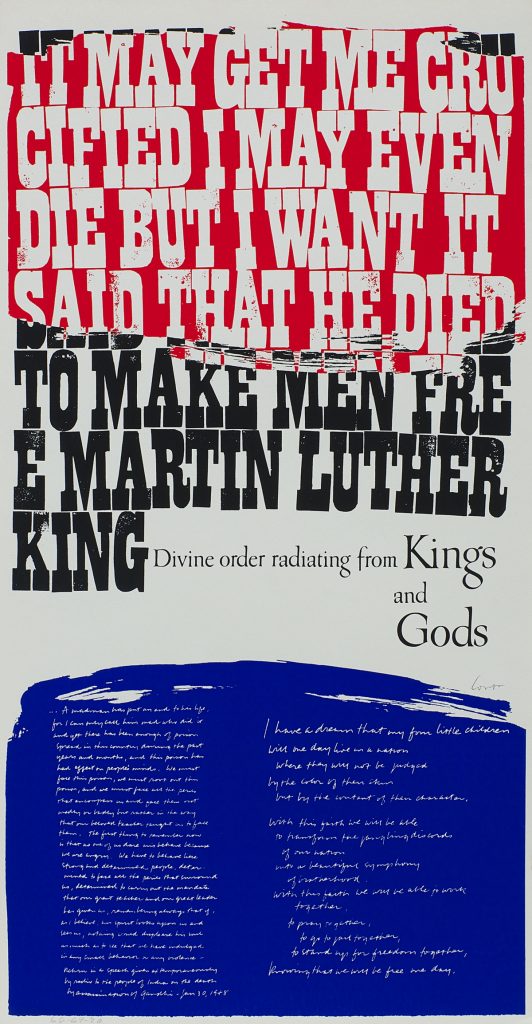
With any movement such as this there are exceptions to the rules. Sister Corita Kent, an artist, educator, and advocate for social justice, used Graphic Design in a uncommon way to highlight parts of society she felt was injust. She was creating independent design pieces 20 years before this cultural shift. (Right) King’s Dream 1969
The Unsung Heroes
Bea Feitler
In the discussion, Maziar talks about having a “Eurocentric view” and not forgetting there was a whole world of design going on at the same time. Bea Feitler was relatively unrecognised in Anglo Saxon culture but had a lot to offer in terms of creating rich image based designs for magazine such as Harpper’s Bazaar and later Vanity Fair. (www.ripostemagazine.com/bea-feitler)
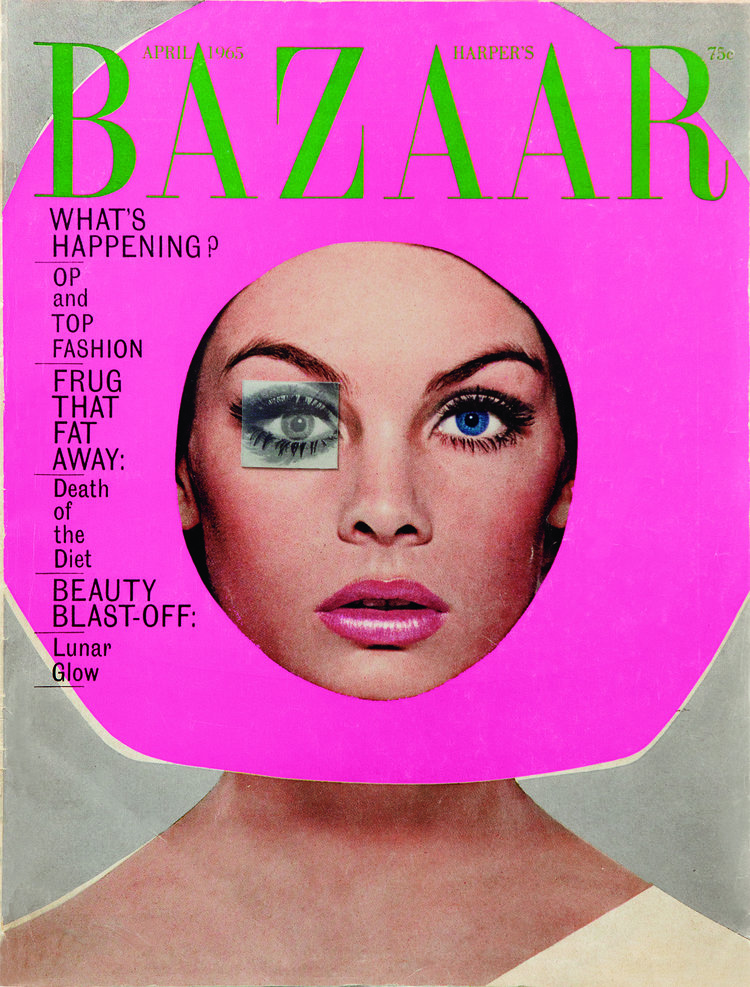
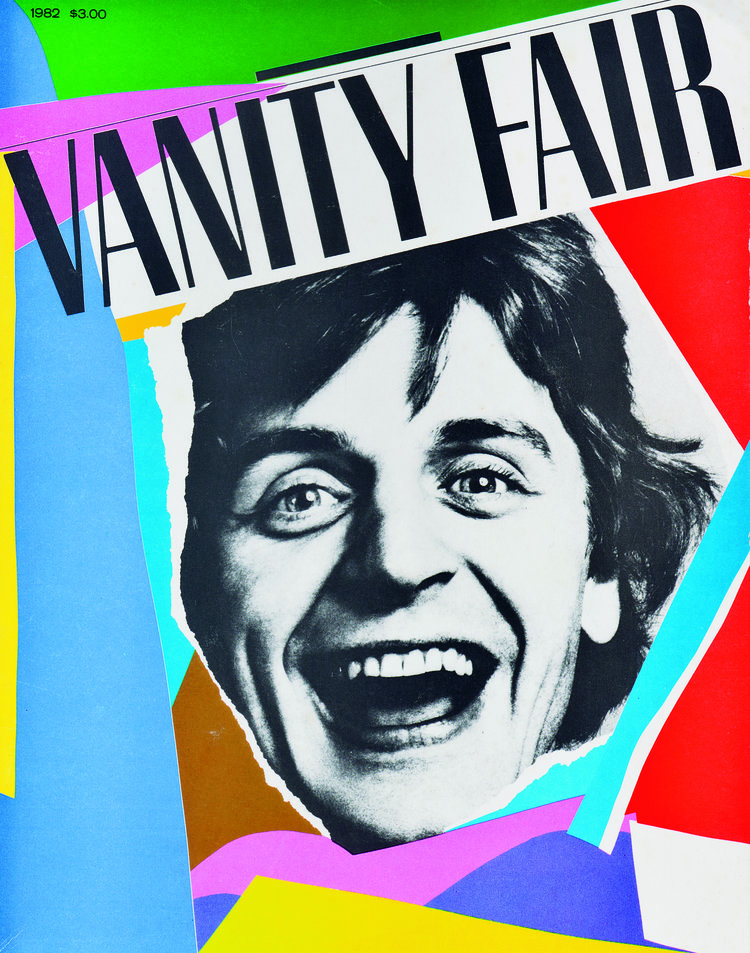
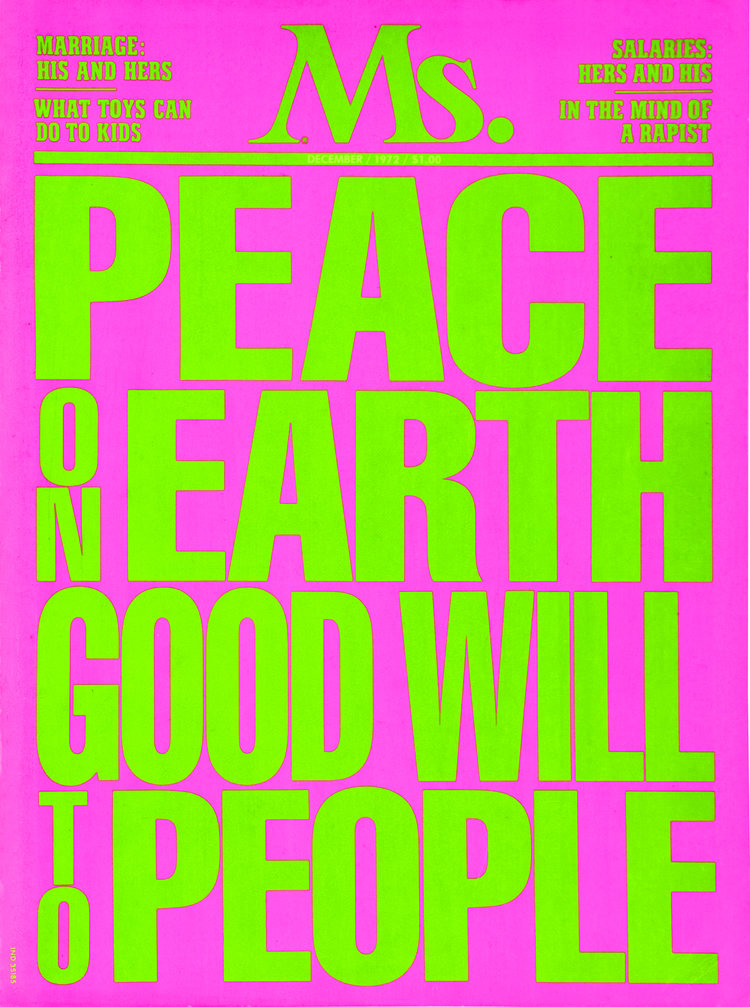
Feitler believed totally in graphic design, how the flow of images and visual energy give vital shape and form to information. Madeleine Morley, Riposte Magazine.
Feitler’s approach to images and design was based from traditional roots and led the way a new era of design. Unfortunately she sadly passed away in 1982, aged 44, so we never got to see how she would respond to the independent practice of the post modernists.
Margaret Calvert
Margaret is one of my typographical heroes. Her and Jock Kinnear’s typeface, Transport, is arguable one of the most noticed fonts in the United Kingdom. I would describe her as a traditional Graphic Designer and her knowledge of typography is second to none. Her attention to detail can be seen in the following quote from an interview she did with Its Nice that,
I just loved how, with artwork, you’d get a setting, but the spacing between the actual letters wasn’t quite right, so you’d have this Swann-Morton knife and you’d take thin little slithers off 9-point type and then wiggle it a bit using Cow Gum to get it exactly right. Then you’d paint out the bits between. All that took ages. It’s so different from what we do now. Margaret Calvert
I think Margaret was a bit of an unsung hero at the time because she was producing graphic design out of necessity rather than desire. What I mean by that is, roads needed signage and so she created something. It’s not like a magazine cover, for example, which has a more open brief and freedom of creativity intended to be noticed.
I think she is nodding to this in some of her more recent work, such as “woman at work” where she has been allowed to be more free in her creativeness. I also think this was created to provide a commentary on gender inequality and takes one of her originals, Men At Work, and asks why a icon of a woman couldn’t have been used.
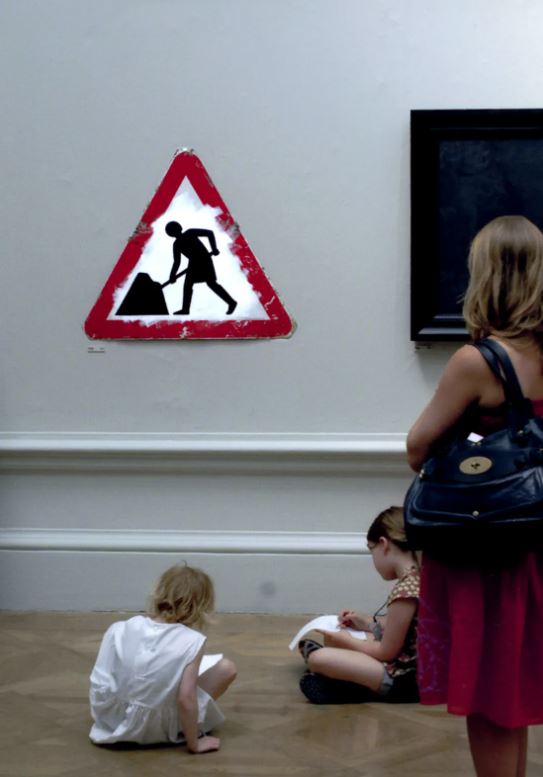
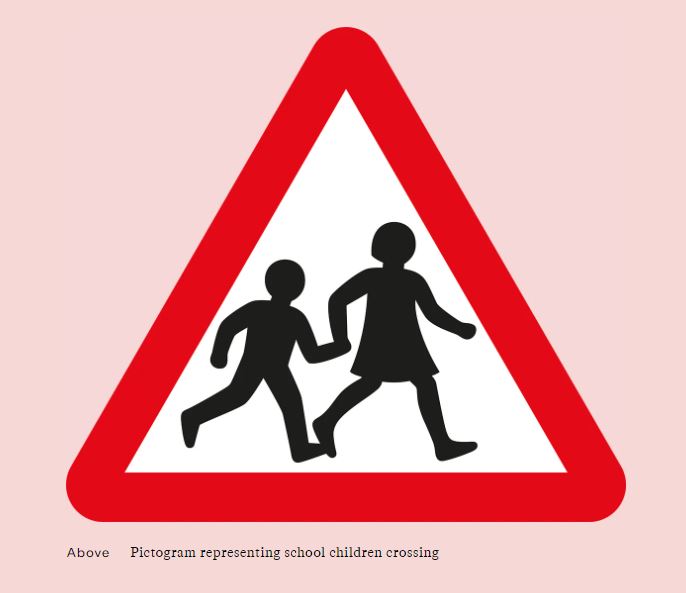
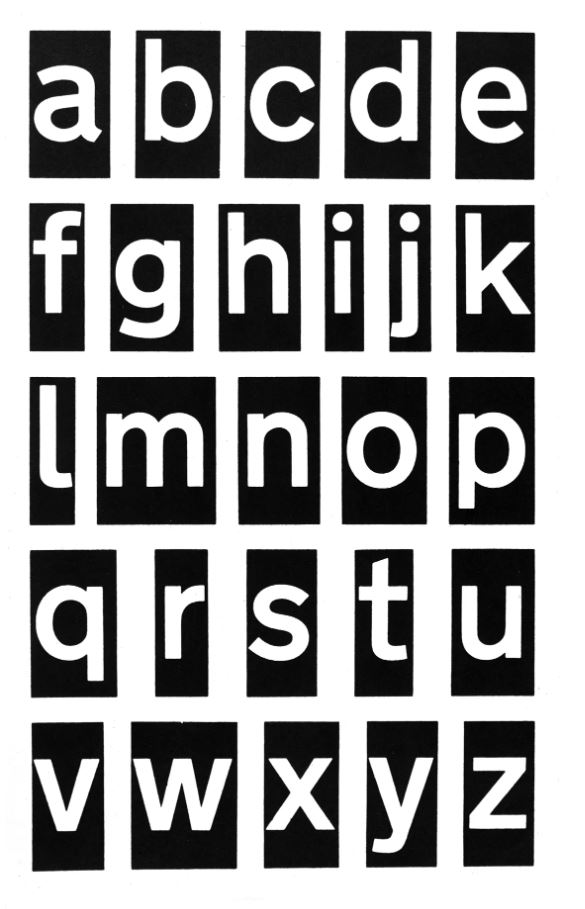


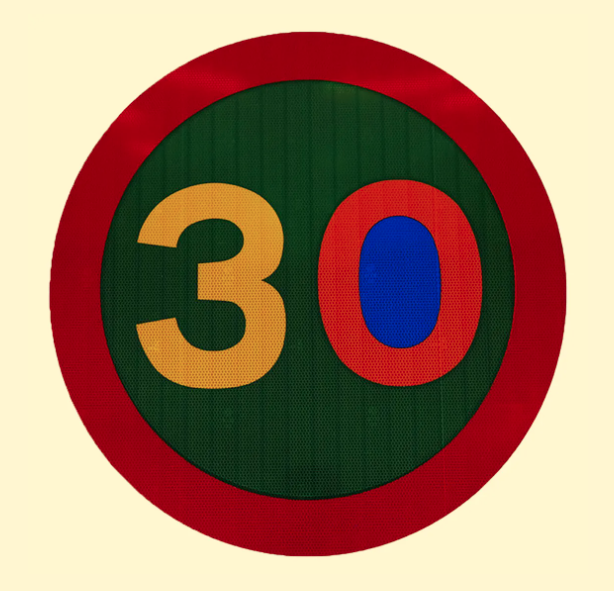






Pentagram and the birth of the brand

Pentagram was founded in 1978 on the premise of collaborative interdisciplinary designers working together in an independently owned firm of equals. Maziar describes them as, ” being lauded by a type of graphic design that now we recognise as the birth of branding really, this idea of the logo becoming quite an important tool in marketing and sending ideas out.”
Having said that I feel that Pentagram started as a group of traditionalists and developed their craft to be more holistic in terms of marketing and brand. The people involved in Pentagram’s creation, Theo Crosby, Kenneth Grange, Colin Forbes, Mervyn Kurlansky and Alan Fletcher, continued in the same vain as their predecessors. However, what they did differently, was to approach design in a ‘new’ way which communicated to the public on many levels. They did not ascribe to this post modernistic approach which was breaking through into the design world and instead used their new collaborative approach to provide clients with what we call today, ‘a brand’.
The below video (www.pentagram.com/work/the-forty-story) charts Pentagrams design journey over the last 40 years and how a boy born on the day Pentagram was founded has been moulded by the brands they have created:
Raein continued to talk about “technology natives” emerging in the 1990s and that with the power of the computer, designers were expected to do more. They would no longer have to consult with a typographer to ensure lettering had the correct height, width and kerning. A piece of software on their computers would now take that responsibility in it’s stride.
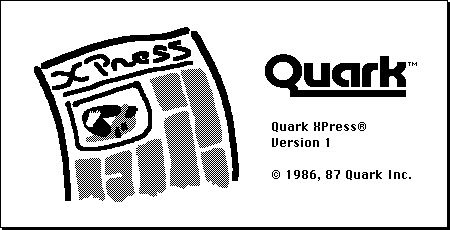
QuarkXpress was released for Macintosh computers in 1987 and was a desktop publishing software for creating and editing complex page layouts in a WYSIWYG (What You See Is What You Get) environment.
The evolving demands on a Graphic Designer continues today and is noted by Raein when he says, “graphic designers have to have an understanding of coding now for instance”. This is true for me as I have learnt a basic understanding of coding and how to create website such as the one you are looking at right now!
These increasing demands on designers has resulted in a higher level of craftsmanship. Maziar says, “I’m so impressed by the amount of craftsmanship that younger designers bring to their subject. The capability to draw for instance, both with a pencil and on a pad of some sort and the understanding of type. The level of craftsmanship is much, much higher than when I was involved.”
I don’t know if it’s the demands of being Graphic Designer or the state of the world, but I and many of my Graphic Designer friends seem to talk less about design in a social setting. I personally like film, science, education and politics and from what Maziar says, this isn’t a bad thing; “the really interesting ones have a wide breadth of knowledge of issues outside, which they’re engaging with.”
Workshop Challenge
- Select three practices / businesses you feel summarise your city today, in terms of design practice;
- Take a photo of the exterior / entrance / signage of that practice;
- Collect their company statement;
- Collect a link to that company / studio website and geo-tag the location on the map platform (on the next page);
- Tag it as a place of ‘design practice’;
- Summarise in a paragraph the type of work that studio / practice does eg XYZ studio create brand identities for social enterprises in New York: founded in 2008 by… and has 20 employees;
- Upload each element of Task 1 to the Ideas Wall, with a link to your blog demonstrating further reflection.
The Click Design Consultants
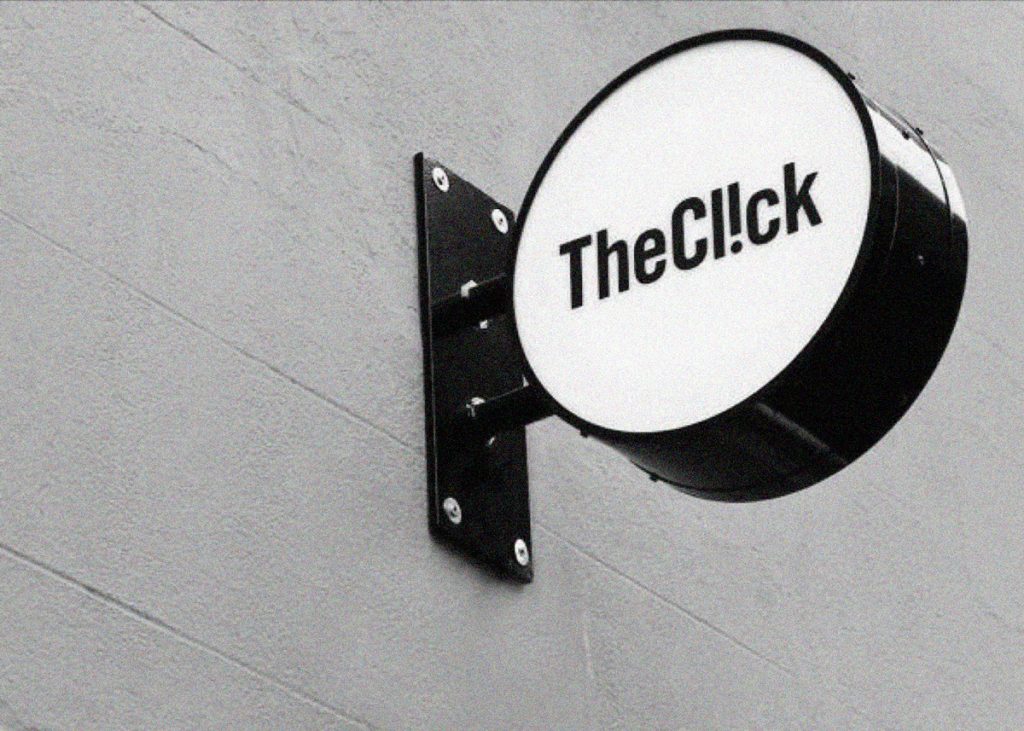

The Click is a brand-led design studio. We create identities with ideas.
We specialise in creating new brands and reinventing established ones. We bring brands to life through print, digital, physical experiences and advertising campaigns.
We’re an award-winning independent branding studio. We specialise in creating new brands and reinventing established ones.
The Click is more than just our name – it’s at the heart of everything we do. It’s the moment we discover an insight or land a great idea, the moment you first see our work. Ultimately, it’s the moment when people connect with your brand.
When ideas, designs and emotions come together to make something really new and exciting – that’s The Click.
For us, the creation of a brand identity is all about finding what makes you unique and expressing it in the simplest, most direct and memorable way.
Bobby Burrage, Creative Director, The Click
Brands are vehicles for stories. They can excite, empower, inspire, challenge and bring about change.
Creative Giant Design Studio
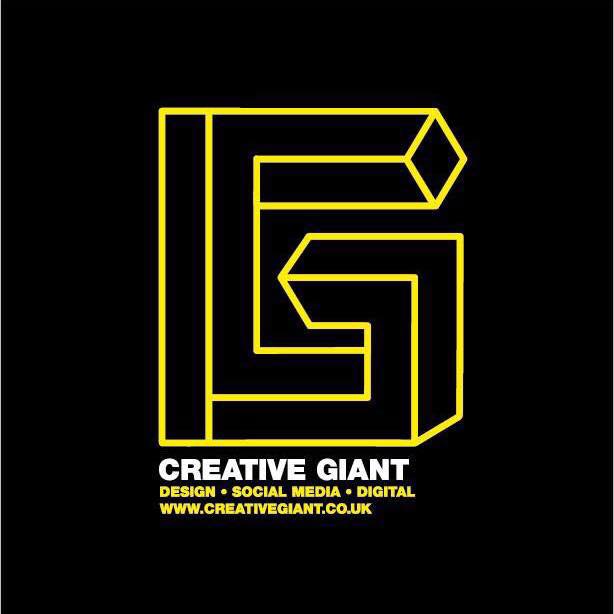
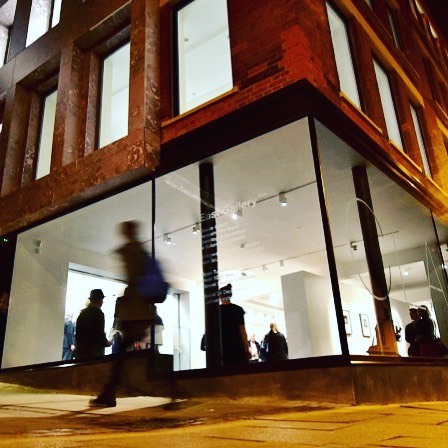
Creative Giant is a Norwich graphic design agency born from a love of creativity, curiosity and craft-led entrepreneurship.
We are food and drink brand specialists, champions of the underdog and passionate supporters of ambitious, artisan brands .
We love working with start-ups, small businesses and emerging brands, helping them make their mark in the world with a competitive edge that grows business and builds memorable brands that customers will love .
We nurture new brands and turn the volume up on existing ones, always keeping an eye on the business objectives and end result. Put simply, we design for your brand first not our portfolio .
We’re a small business too, meaning our size and creative process allows us to react quickly to your needs in a cost effective manner, allowing you to get your product to market faster and more efficiently .
Since 2005 we’ve helped start up spirit brands bring new products to market, artisan gin distillers design bottle labels and build websites, craft beer breweries evolve their brand and product range and street food restaurants position themselves on the high street.
We believe in collaboration and partnership — so rather than offer standardised processes we build each approach bespoke for each client.
Borne Creative
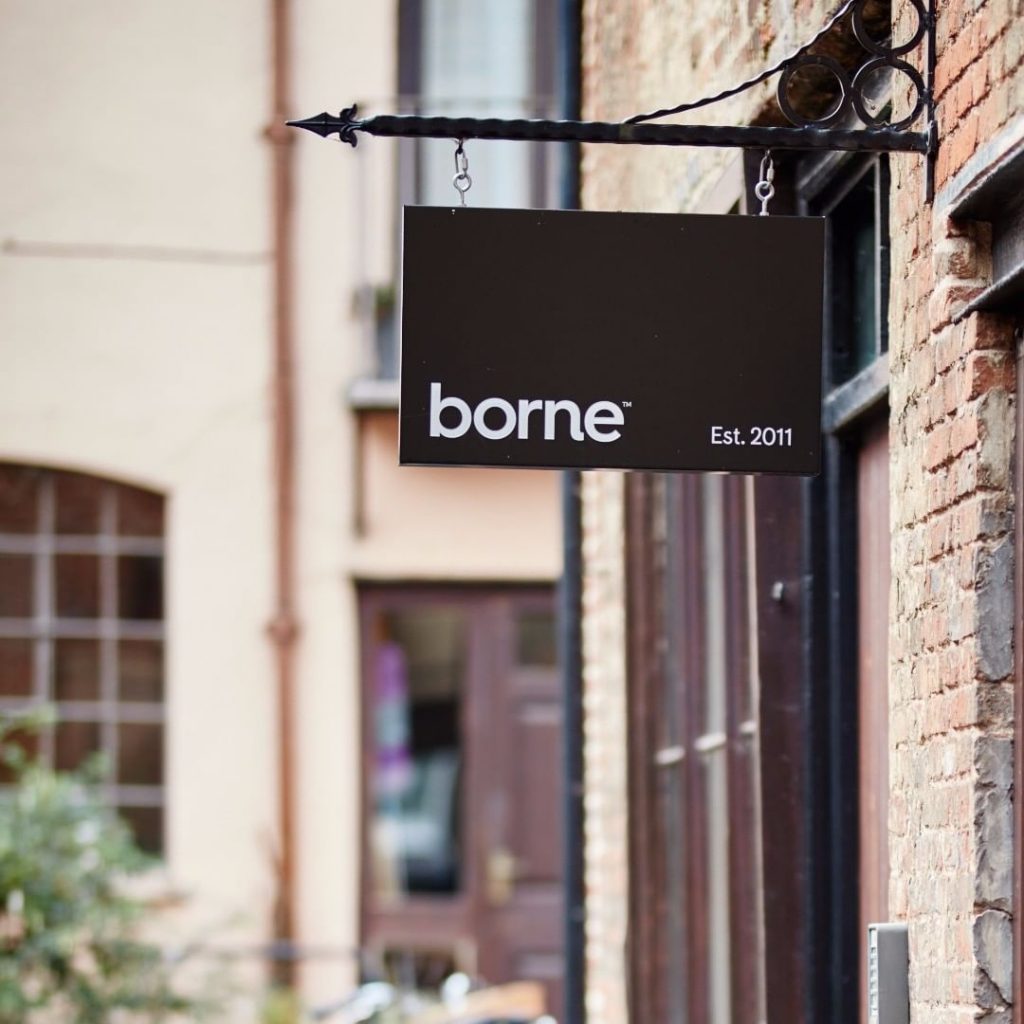
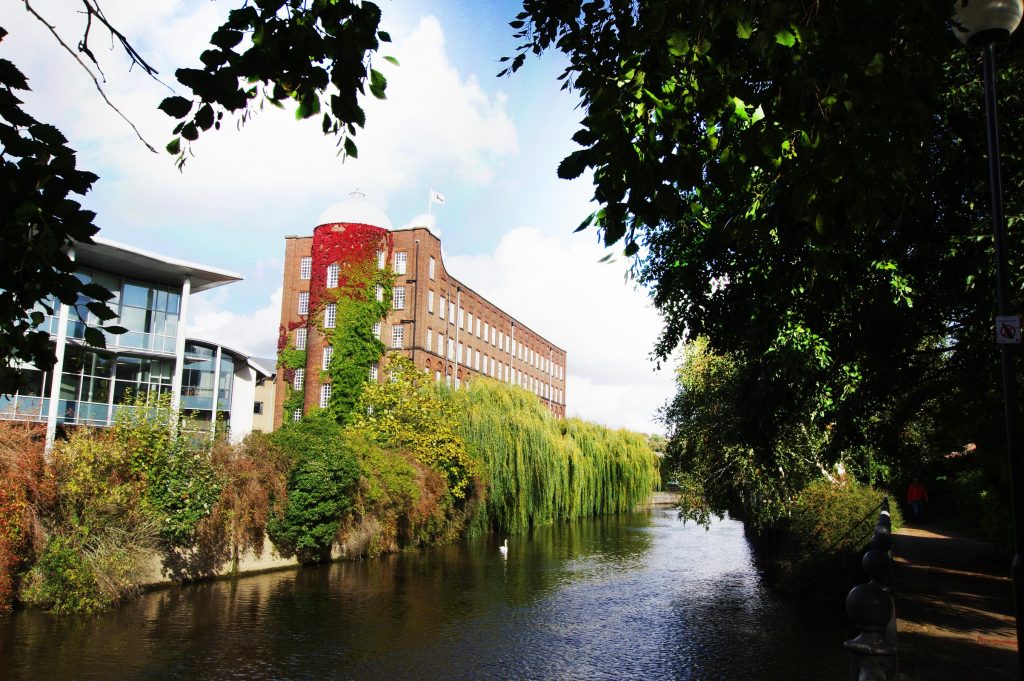
Creatively we’re super experienced when it comes to branding, design for publication, integrated advertising, packaging and merchandise, CRM, internal comms, in-store and experiential.
We’ve never done tattoos, but we’d give it a bash.
We offer creative, strategic, digital and social solutions to our clients problems.
We have full digital production in house – from web and digital development to hosting and user experience design.
Strategically we offer brand and campaign strategy, communications planning, workshop facilitation, presentation writing and CSR design. Serious stuff.
How you get there is just as important as where you end up – and we’ve got no time for bad journeys.
Task 2
- Select three places for design production in your city (letterpress, screen printing, web development, litho printers, 3D manufacturers, commercial printers, Risograph printers, bookbinders, signwriting, laser cutting, video production, audio production etc);
- Collect a link to their website, list what they do and geo-tag the location on the map platform overleaf; tagging it as a place of ‘design production’;
- Upload to the Ideas Wall, with a link to your blog demonstrating further reflection.
Print to the People
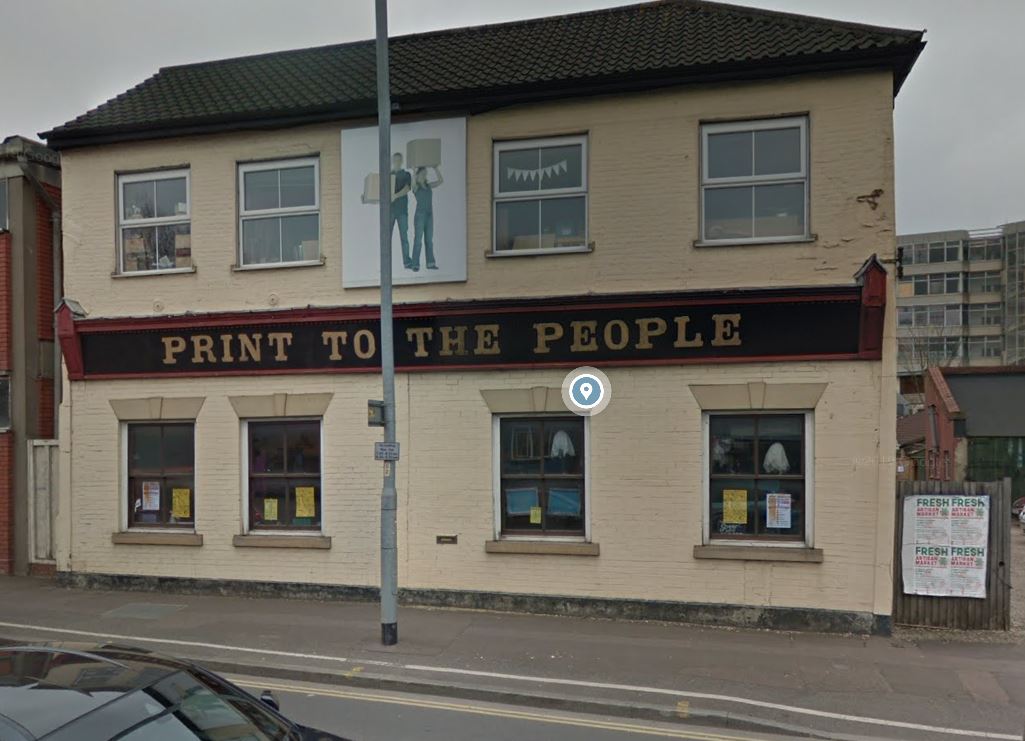

Print to the People is an artist led, social enterprise dedicated to the production and promotion of traditional printmaking processes, established in 2009.
Print to the People was established by Jo Stafford and Vicki Johnson and with the help of volunteers, we provide affordable and accessible printmaking facilities for artists, designers, students, community groups and the public. We also provide printmaking courses and mobile screen printing activities ideal for indoor and outdoor events. We often work in collaboration with local arts organisations and education providers to promote printmaking to a wider audience.
Our screen printing facilities have always been at the centre of our activities. After expanding into new premises in early 2015 we are able to offer a wider range of public services which now include intaglio processes and Risograph editioning. We also have a new sister site ‘Letterpress At The Lodge’ whihc opened in March 2020 – find our more about our Letterpress offering here.
OUR STORY
Print to the People are currently based at the Box Factory (53-55 Pitt St, Norwich), our own premises dedicated to all things print. Vicki and Jo have joined forces with Paul McNeill, Laura White and Toby Rampton to support the delivery of our new services and our growing studio membership.
However, PTTP started life as part of Stew Studios, a Norwich based not for profit, artist led organisation which provided a hire-able gallery space and low rent artist studios. Stew Studios closed in 2015 but we will always be grateful for the help and support of its members, Without Stew Studios, Print to the People would not be what it is today.
Hollinger Print

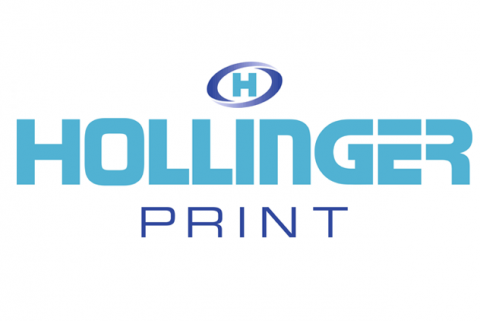
Hollinger Print, delivering quality print and design services throughout Norwich, Norfolk and throughout the UK for over 30 years.
Hollinger Print is an established design and print company. Over the past 30 years we have built an excellent reputation, based on integrity, quality and service. We offer a full design and print service, with both digital and litho technology, enabling us to produce jobs from the smallest quantity, through to medium and high volume print runs, efficiently and cost effectively.
During the economic challenges facing us all, we have a great confidence in the future of our business as we look to build on our strengths, whilst we invest, diversify and develop our business in order to continue to offer the highest levels of service and quality.
By remaining at the forefront of our industry we are confident we can offer the ultimate solutions and deliver the greatest value!
NuImage Digital Marketing Agency
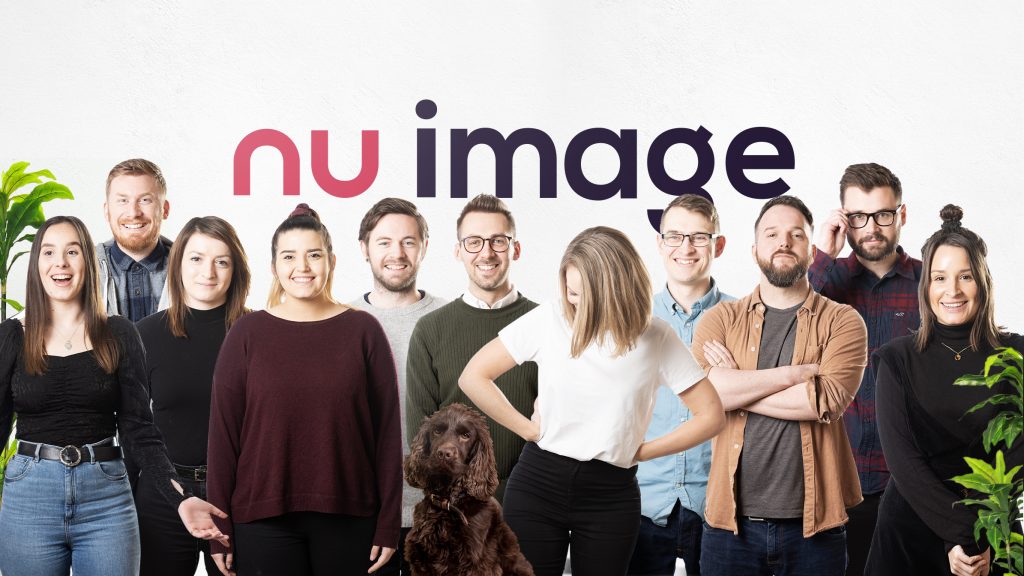
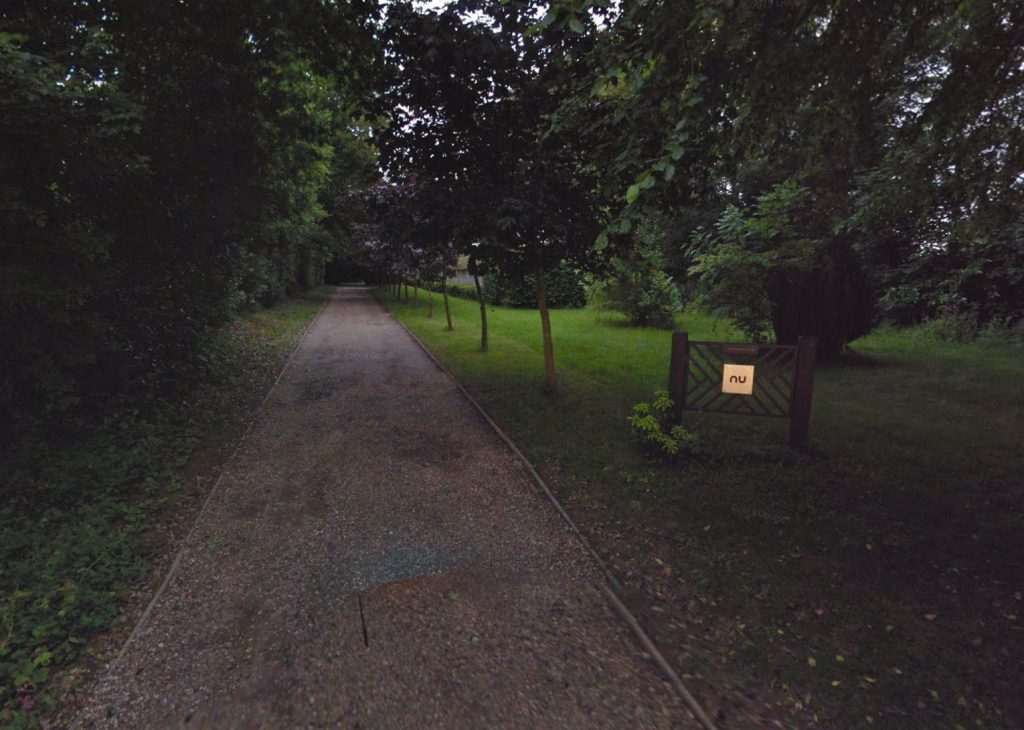
Bespoke websites are our thing. From paper to click, our multi-skilled team keeps a watchful eye over every aspect of your web design. From ‘stand out from the crowd’ web designs to the integration of specialist feeds. Thanks to our in-house web developers, we’ll ensure every bespoke function runs smoothly.
None of our web development is off the rack or outsourced, ensuring a quality build that we are happy to put their name to. Our clients range from local authorities, international corporations and local businesses. No matter the size of your company, our web designers and developers will give you the attention you deserve.
Take digital marketing seriously. It is critical to your business’ success.
From planning to roll out, we bring energy, expertise and creativity to every phase of your digital marketing. Our expert team of digital marketers, search marketing experts and web developers are fuelled by your ambition to make your business succeed. At the risk of sounding slightly uncool, we are simply passionate about cutting edge digital trends. We have success stories across numerous industries and pride ourselves in being a market leader in all things digital, assisting businesses nationwide with their marketing needs.
Naturally, we pride ourselves on transparent pricing and consistently great results.
Design Practice and Production Reflection
Design Practices:
All three of the creative design practices are located within about a mile of each other in the centre of Norwich. This isn’t something which is done by accident. They all cohabit an area very near the city’s art school and one that is known for its creativity. Not just from designers, but also drama, art and galleries.
Following on from this weeks webinar it appears that this setup of creative ‘huddling’ together is not unusual and can be seen across the UK and the rest of the world.
Interestingly, one of my fellow students said, “everyone is everywhere” and was making reference to the developing digital world and how this may not be the norm as we move through 2020. I agree, but also said that I felt that being in these creative hubs, they were able to be at the forefront of any new design trends. They were also able to easily surround themselves with visual influences and that some of these may even be absorbed subliminally. By being a remote designer you have to physically search for inspiration and the chance of ‘subliminal influence’ is rarer.
They all talk in a friendly colloquial way with passion and evidence of their experience. Whilst Graphic Design is their main purpose and job its these landing pages which entice customers. As Maziar talked about, “increasing demands,” this one of them. They have to use their creativity in a completely different way, with words.
Design production:
I have very hands on experience with design production having worked in a printers for a number of years across my local borough. As i have discussed previously, you may struggle to find the ‘creative hub’ in Great Yarmouth and as a result the print producers are dotted more sporadically across the area. I decided to look again to Norwich, to find more specialist printers who provided services I hadn’t really though about looking into.
The three I looked at are spread out a bit further than the design practices but still sit within the inner ring road of the city’s outer limits. I think this is because they provide a wide range of services and, whilst some of those will be in direct liaison with Designers, they also provide business to customer (B2C) services. This means their target audience is much more varied and therefore they don’t need to be in the middle of the creative quarter. I also think they use this as opportunity to reduce overheads and maximise their profits.
Print to the People was an excellent find and possibly a unique venture. They are all about the heritage of design and teaching those traditional crafts to keep them alive. They class themselves as a, “social enterprise”, which aims to provide affordable and accessible print making facilities for all. They are base close to the ‘creative hub’ and I feel their work has had a direct influence on designers around them. It can be seen in the Click’s design for Jarrolds below:
The Ideas Wall:
This week’s wall saw comments from the course leader and tutors about my ability to, “choos[e] apects from the lecture that speaks to [me] and use them as a springboard into my own investigations.” This was a real confidence boost and has encourage me to continue to assess the materials and challenges given from my own perspective.
Design culture in my county
As discussed above, design takes its influences from many places, and Graphic Design is no exception. When I think of design in the United Kingdom it is hard to picture it without the above. Interestingly, most of these were created in the 1960s or earlier. I think that the UK was in a state of searching for its own identity post WWII and these designers stepped in to guide the country to a visual heritage we are so proud of today.
The earlier designs, created either during the war (Beck’s London Underground Map) or shortly after (Calvert’s road signs and typography), were made as a direct result of a gap or need. I am sure even the designers didn’t realise the significant impact it would have on the world of design and that it would still be influencing designers today.
I believe, that both the Beatles famous Abbey Road cover and the creation of the Mini, were in response to popular culture at the time. After surviving the war the UK wanted to celebrate it’s freedoms. This celebration created energetic, fun and artistic designs which is embodied in the Mini Cooper.
Personally, the Mini holds a special place in my heart as it was my first car. I even have a project of one sitting in my garage as we speak. It’s an icon of British design and one that will continue to effect design for many years to come.
Personal Reflection
I found this week’s lecture really interesting and allowed my explore the subject’s history in detail. By dividing the history of Graphic Design into two parts, pre-1985 and post 1985, I was able to fully understand the concepts of ‘universal design’ and its traditional heritage as well as the post modernistic evolution which happened in the late 80s.
It really feels to me that Graphic Design was establishing its roots following WWII and by the time the 80s arrived everyone was looking for something new. Something which was the opposite of what had come before. Something exciting, optimistic, full of energy and colour which stepped away from regimented expectations. This freedom paved the way for some of the country’s most iconic designs and Designers across the globe are continuing to push boundaries, responding to societal events to further this evolution in amazing and groundbreaking ways.
Where do I sit under the definitions of a traditional Graphic Designer or a post modernistic one? I kind of feel that, because I work as a Graphic Designer for a local authority, my designs are created often within tight deadlines and to fulfil a need. For that reason I would say that I am a traditional designer and often look back for inspiration rather than forward. That doesn’t mean that I don’t want to be a revolutionary designer. In fact, it’s something I revere and hope to attain one day. Maybe I will eventually be in a position to manage my own briefs and direction. Here’s hoping.
References
Bea Feitler. Magazine Covers. Available at: http://www.iamhutton.com/blog/tag/Bea+Feitler [Accessed 19/01/21]
Margaret Calvert. Signage systems. Available at: https://hatchedlondon.com/margaret-calvert-the-mother-of-modern-day-information-design/ [Accessed 19/01/21]
Pentagram. Logo. Available at: https://www.domestika.org/en/blog/3677-pentagram-five-decades-of-star-studded-design [Accessed 19/01/21]
Quark Xpress. Logo. Available at: https://www.prepressure.com/prepress/history/events-1987 [Accessed on 19/01/21]
London Underground Map. Harry Beck. Available at: https://londonist.com/london/transport/modern-tube-map-harry-beck-1931-1933 [Accessed on 19/01/21]
Beatles. Album Cover. Abbey Road. Available at: https://www.biography.com/news/beatles-abbey-road-album-cover-anniversary [Accessed on 19/01/21]
Mini. Magazine Advert 1959. Available at: https://flashbak.com/eighteen-brilliant-mini-adverts-1959-1989-29121/ [Accessed on 19/01/21]



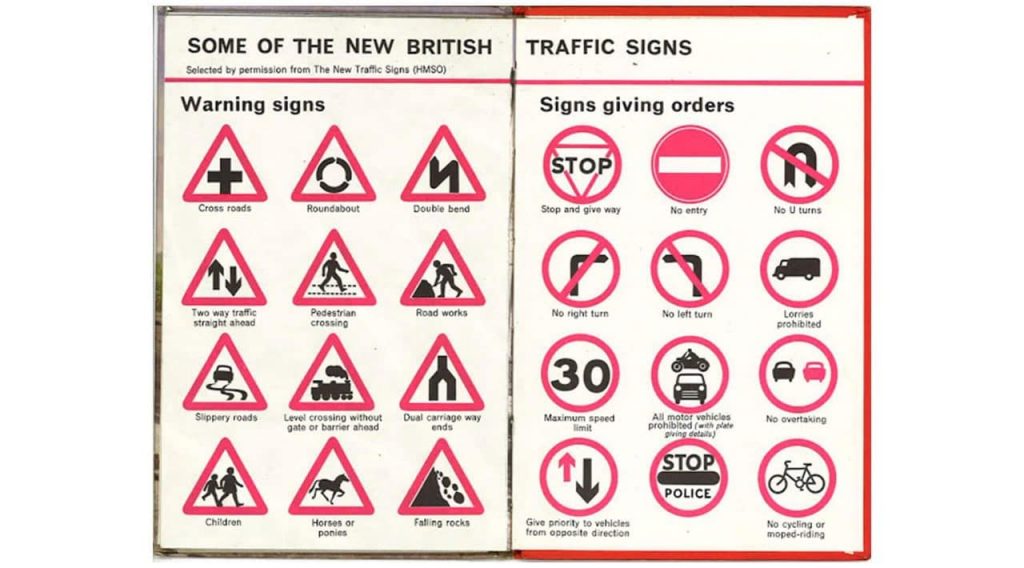
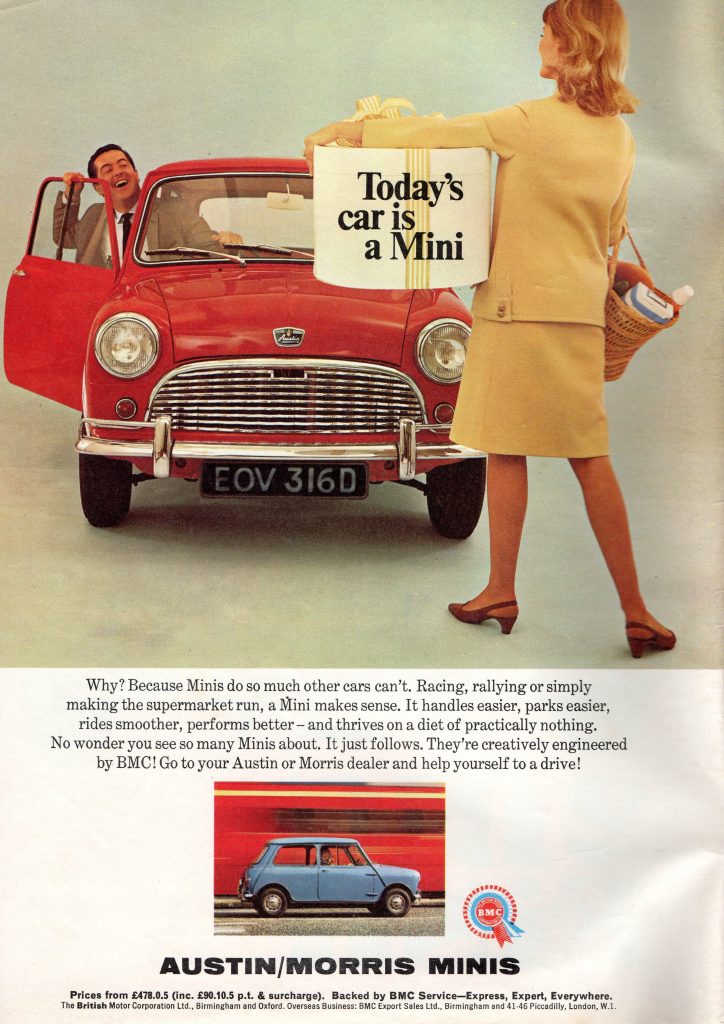
Leave a Reply